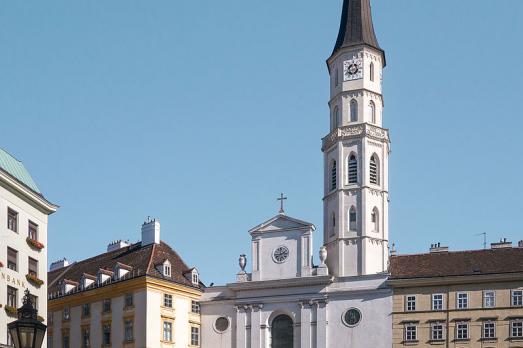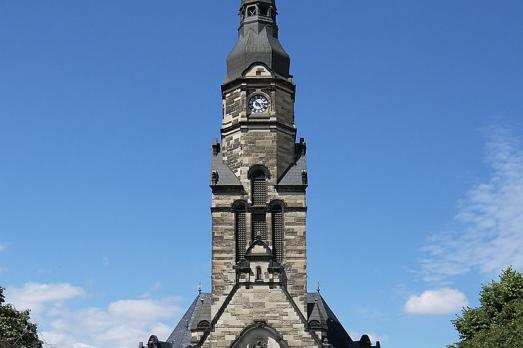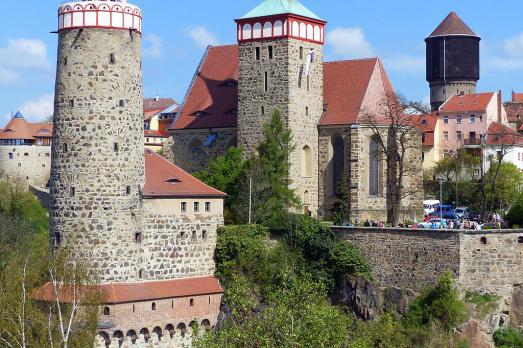
St Michael's Church, Vienna
Vienna, AT
The Michaelerkirche (St Michael's Church) is one of the oldest churches in Vienna. It was built in the 13th century. It is a rare example of a Romanesque church in Vienna, although with baroque and classical additions.








